Sophie Ocksana
Year of birth: 2005
Where do you live: Melbourne, Australia
Describe your art in three words: Liberating, angsty, raw
Your discipline: Digital art
Website | Instagram
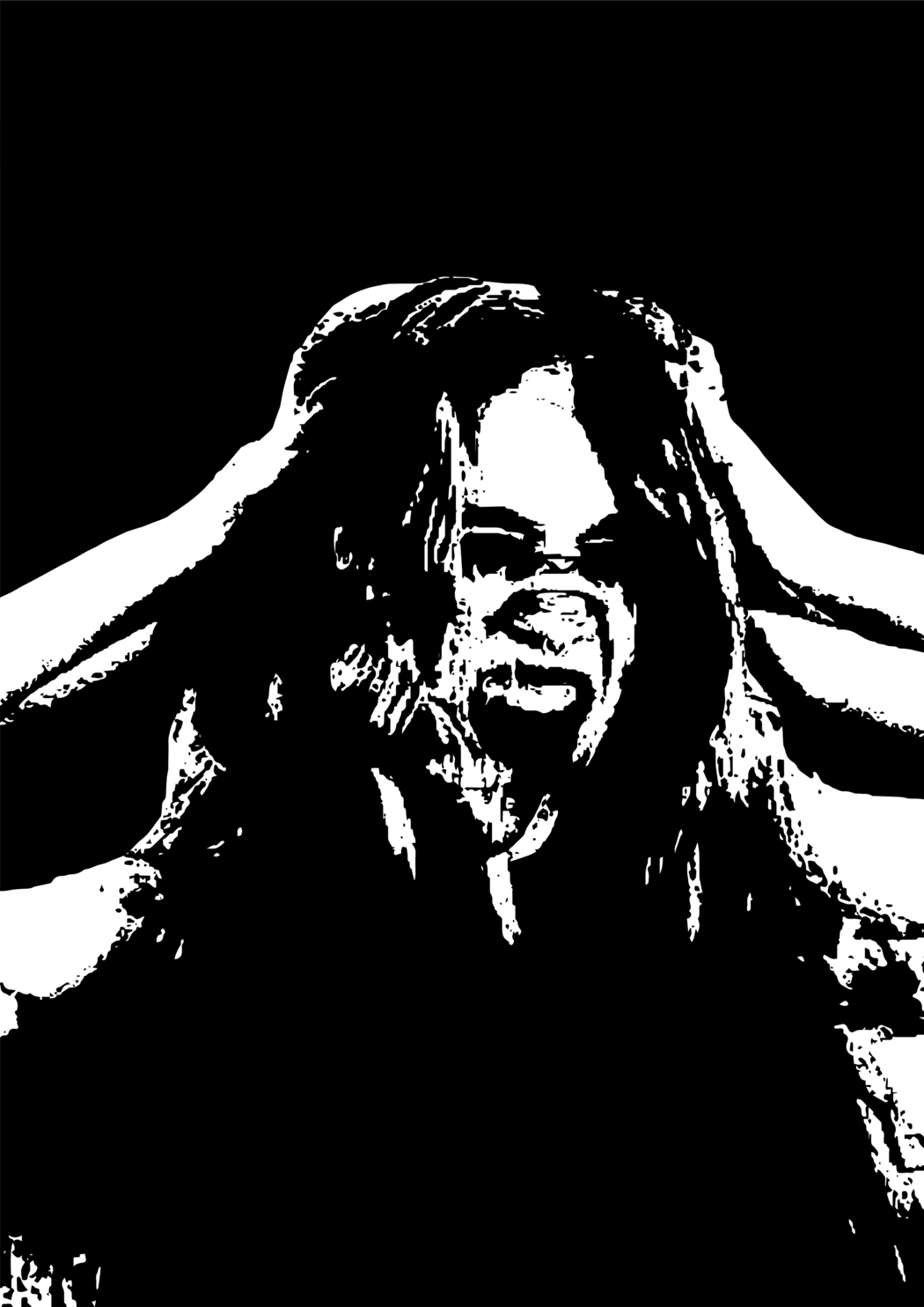 Sophie Ocksana | Expelling | 2025
Sophie Ocksana | Expelling | 2025
What inspired you to begin your journey as a digital artist, and how did you discover that digital art was the best medium for expressing your emotions and experiences?
I’ve had a love for the arts for as long as I can remember. I was shy growing up, and art was my favourite form of expression.
During high school I experienced a lot of friendship issues and bullying; the more I wanted to hide from the world, the more I fell in love with art. It was, and remains, my escape from the real world.
Digital art programs feel instinctive to me. My brain works fast creatively, and they allow me to multitask during the creative process in a way that I couldn’t with more manual mediums. Although sometimes my brain works so fast that my computer can’t keep up!
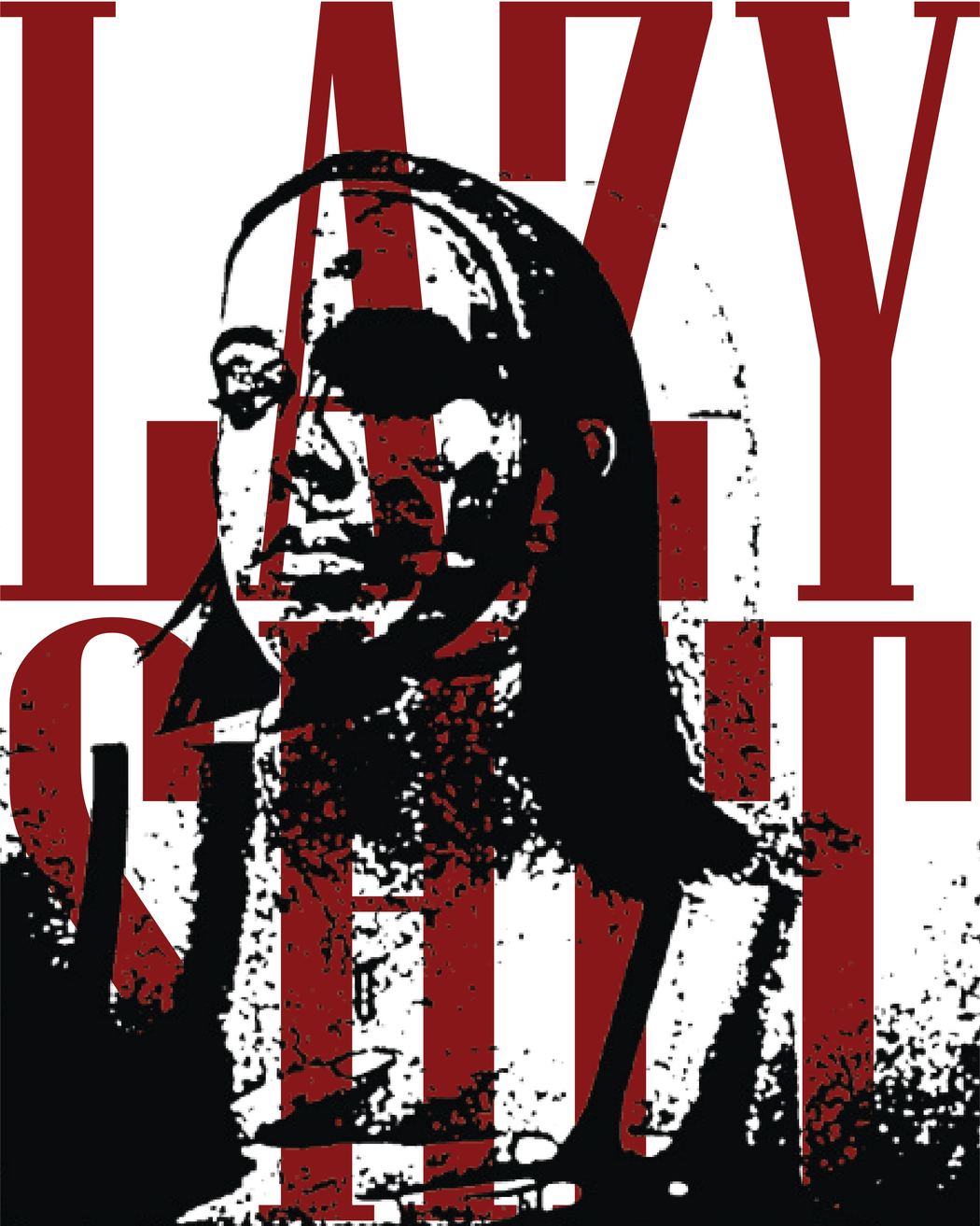 Sophie Ocksana | Indolent | 2025
Sophie Ocksana | Indolent | 2025
Your art reflects deep personal experiences, especially related to abuse and bullying. How do you feel when revisiting these painful memories through your art?
It really depends, usually it goes one of two ways. Sometimes it’s very painful and feels like reliving the experience over again; other times, it’s therapeutic and there’s joy in creating something beautiful out of something so ugly.
My creative process in this situation usually begins with a hurtful phrase that was said to me. I often don’t have any creative plan, I just start and let the piece evolve.
When reliving the emotions of a certain experience are triggering, to protect my mental health I either listen to happy music and create using my instincts and subconscious, or I stop and come back to it when I’m ready.
Most of the time I find it cathartic though, and it makes me happy that I have found such a beautiful and purposeful way to heal from the pain of my past.
How does music influence your work? Are there specific genres or songs that you find particularly empowering or therapeutic when creating art?
As I always have a deep emotional connection to the art I am creating, I often use music to escape the realities of the topics I’m exploring. My artistic intuition and subconscious take over in this instance. Music has, along with art, helped me immensely through challenging life experiences. I am happiest when creating and listening to music, no matter the topic of the art.
Sometimes I listen to sad music that I relate to and that relates to the artwork I’m creating. This helps to inspire me and ensure the emotions I am aiming to portray are felt through the artwork. I tend to listen to music by Dean Lewis, especially his songs Empire and Waves. Matilda and Little Freak by Harry Styles also mean a lot to me, helping me get into the right headspace when creating emotionally powerful works.
When You Love Someone by James TW and Parents by Sam Fischer remind me a lot about the relationship between my parents which significantly impacted my childhood and inspires my art immensely. A Little Too Much and Life of the Party by Shawn Mendes both remind me a lot of my experiences and mental state in high school, which helped me a lot with this collection.
At other times, upbeat music helps me feel happy and relaxed when creating. I use this music when I’d prefer to escape the specific memories of the experience I am drawing from. In these instances, I tend to fully zone out and dissociate from my art and take the time to enjoy the beautiful mix of digital art and music. I then come back to my art with no music to refine my ideas and focus on technical design elements.
Your colour palette often consists of black, white, and red. What does each of these colours represent for you emotionally, and why do you choose them for your work?
The colours chosen in my work are completely instinctive. I began creating this collection with the idea of using hurtful words or phrases that were said to me, to help me work through that pain. The first piece I created started with an image of me screaming. I edited it to be intentionally abstract, and black and white were the boldest contrast.
With my background elements being black and white, I wanted a bold colour to be the focus of each piece and bring more life and emotion to them. I associate the colour red with anger, as I’m sure many others do. I love the intensity and power the combination of red and black provoke. I find white works well as a clean base, creating an intriguing contrast to the black and red, which are typically the focus.
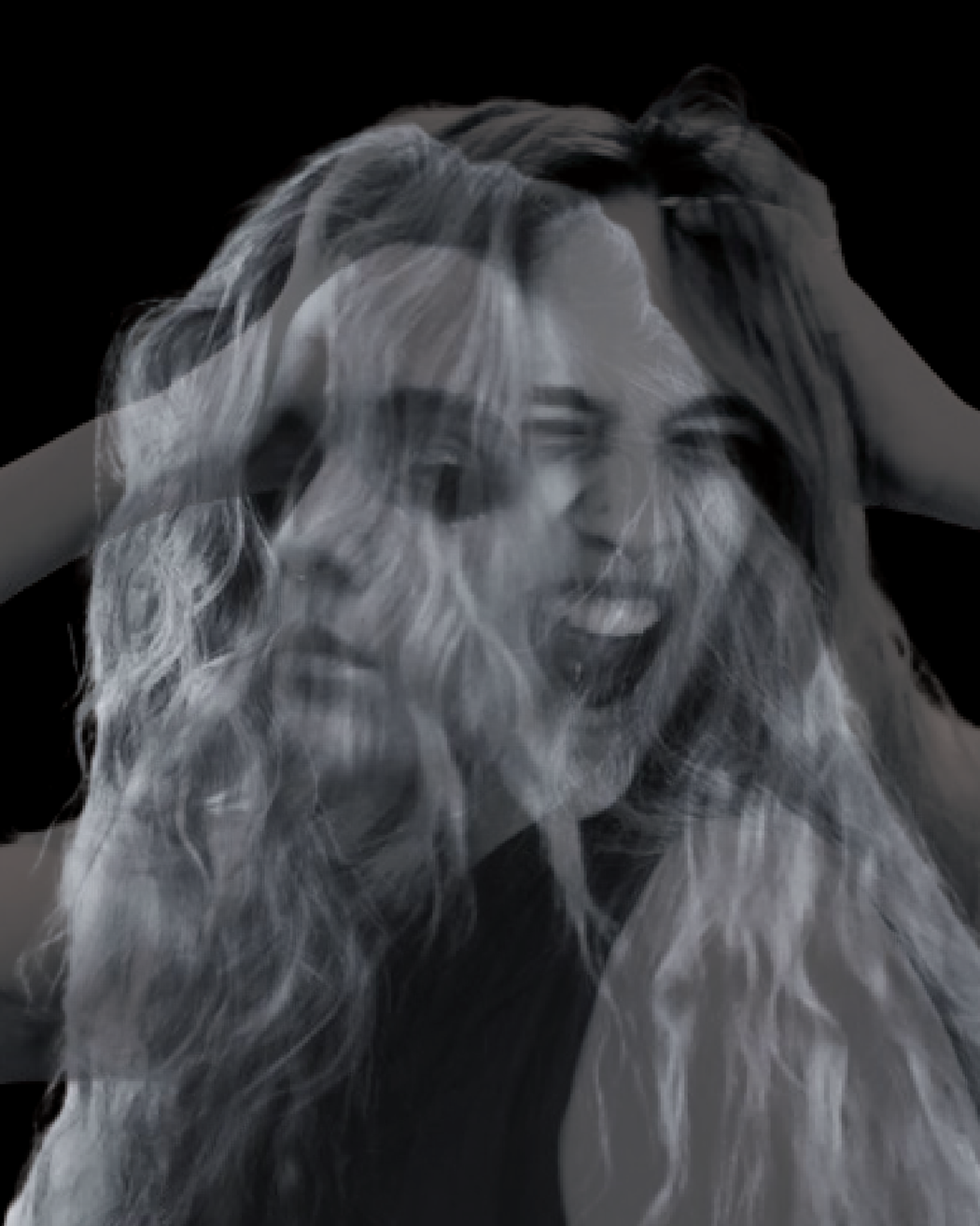 Sophie Ocksana | Capture&Release | 2025
Sophie Ocksana | Capture&Release | 2025
What do you hope the viewer takes away from your art? Are you looking to evoke a specific emotional response or spark reflection on certain issues?
I hope my art makes others feel something – even if that feeling is sadness or discomfort. Evoking uncomfortable and painful emotions can usually spark important conversations, or insightful self-reflection.
Acknowledging abuse, bullying and depression are very important to me. Initiating conversations and raising awareness of these issues can be uncomfortable. Everyone should feel safe to share their story and express their feelings.
It can be suffocating to feel you can’t share something that has happened to you because you’re worried about other people getting hurt. If something hurt you, it hurt you. And you can decide how, when and where to express that hurt. Don’t let others stop you from healing.
My goal is for people who have not experienced hurt, trauma or depression to become aware of the different and more subtle forms of abuse that aren’t talked about enough. Maybe these people will take the opportunity to reflect on their own relationships and realise they may be causing other people pain.
I also hope that my art makes people who have been made to feel the way I have realise that it is not okay. Hopefully they feel comfort in knowing they are not alone and that they deserve better.
Positive and negative emotional responses to my art are both welcome. I hope that whatever you feel, you use it to do better, or heal. A favourite saying of mine is “the opposite of depression is not joy – it’s expression”.
Feel what you feel and if you need to, make a change.
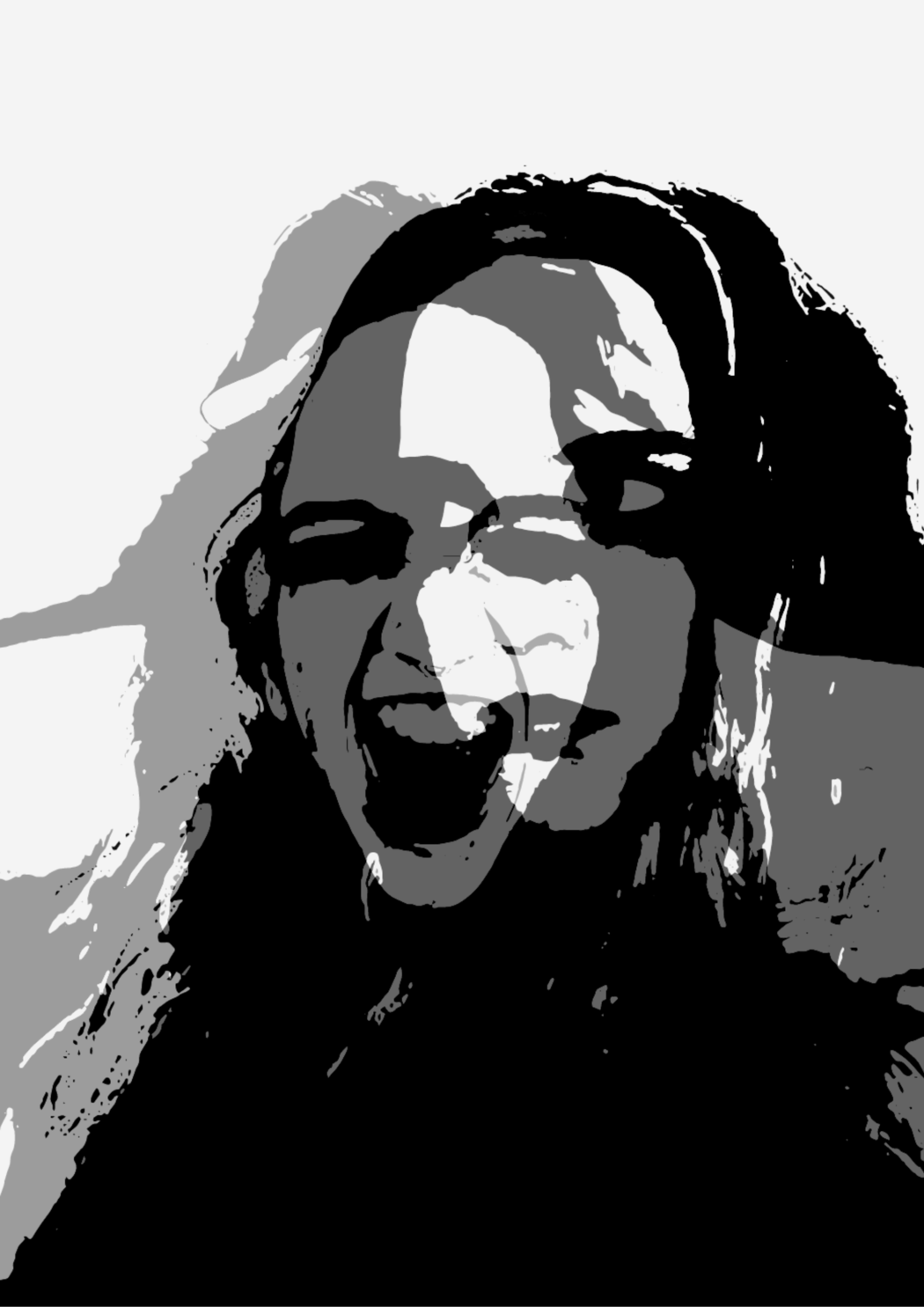 Sophie Ocksana | Liberate | 2025
Sophie Ocksana | Liberate | 2025
How do you feel about sharing your personal story through your artwork? What kind of reactions or connections have you experienced from others who view your work?
I love that I’ve found something that helps me heal from difficult events and people that caused me hurt, but also makes other people feel seen. The hurt and challenges I’ve experienced have shaped who I am and inspire my creativity, but I acknowledge that there are many others who have experienced far greater and more severe forms of bullying, hurt, depression and abuse. To those who have experienced any form or level of abuse, I am so sorry.
I would love to one day help others share their stories through art, but for now I share mine and hope that those people feel less alone. I hope that they see my art and know that there are others that have been through similar experiences to them, and know that there are people out there who care for them and acknowledge their pain.
I’ve noticed that some people are intrigued by the fact that my pieces feature edited photos of myself and feel a desire to know the story behind that choice. The person who inspired my piece Baying, featuring a digitally edited photograph of myself screaming with the word “Intolerant”, questioned the meaning of the piece. The person who had called me that, a word that has stuck with me and impacted my sense of self greatly, had no recollection of doing so. Their interpretation of the piece was simply that it was an expression of “teenage angst”. Others expressed finding the piece haunting and anger provoking.
I like that my art is open to interpretation and can elicit different types and intensity of emotions. I believe what people get from my work is particularly dependent on their own lived experience.
You aim to raise awareness for victims of abuse and bullying. How do you see the role of art in social change and activism?
All forms of art are powerful, and art is intertwined in all parts of the human experience. With the ever-growing world of artificial intelligence, a lot of people are taking the opportunity to value artists even more. I’ve found that a lot of creatives are fighting the growth of AI by using their creative skills to combat the ever-growing world of technology and social issues. Inspired by that, I would like to do the same.
There are forms of abuse – such as verbal, emotional and psychological, that are rarely talked about. They are also rarely acknowledged by victims, who are often left to feel like they deserved the abuse, or feel ashamed to admit what was said or done to them. I hope to bring a voice to these most often “silent” forms of abuse. In the words of Dr Gabor Mate: “Trauma isn’t what’s happened to you. It’s what happens inside you, as a result”.
I’ve decided to use the opportunity I’ve been given with my art platform to donate 10% of all my art sales to Orygen. They are an Australian charity devoted to redefining what’s possible in global youth mental health research, policy, education and clinical care.
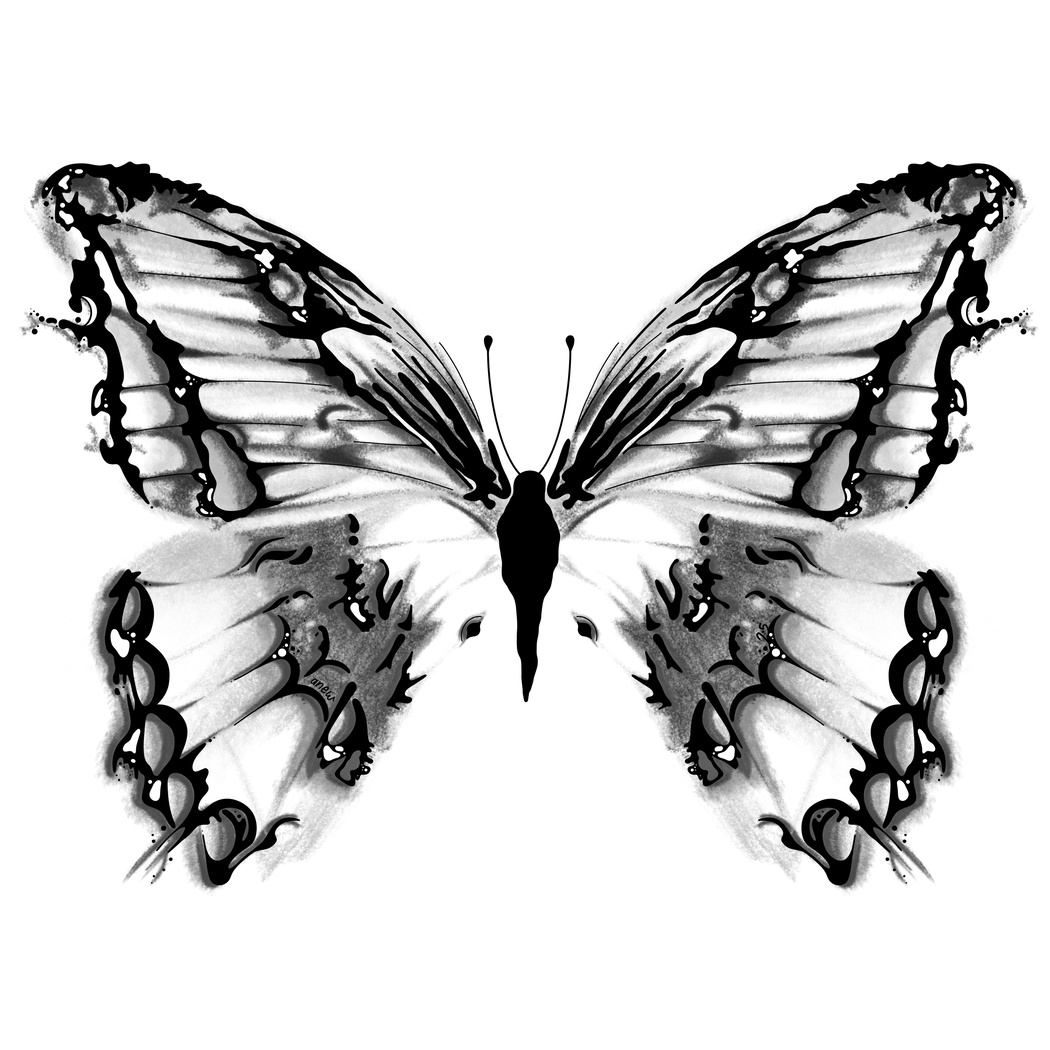 Sophie Ocksana | Anew | 2025
Sophie Ocksana | Anew | 2025

Leave a Reply